Last Updated on January 24, 2024
In 2022 alone, petroleum jelly sales accumulated to $131 million dollars in revenue. You can find it in practically every grocery store. Many dermatologists recommend it for skincare and eczema.
But what exactly is petroleum jelly and is it good for our health? Or the environment?
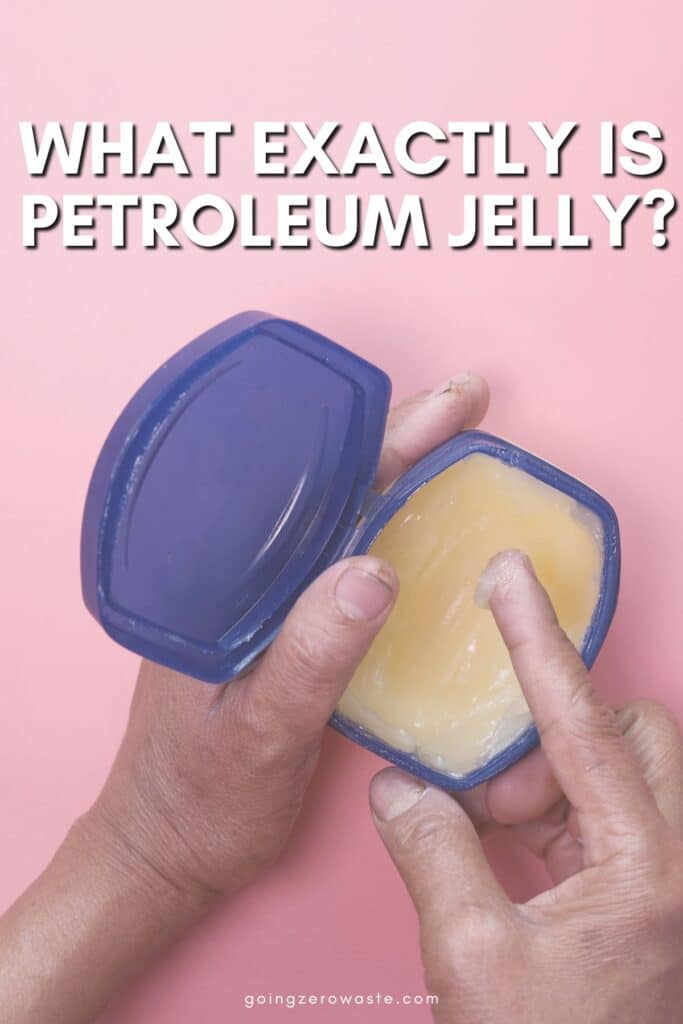
If you’re interested in living a zero waste, plastic-free lifestyle, you may want to avoid petroleum jelly simply because it’s packaged in a plastic container. But packaging alone is not the only thing to consider when making a purchase: Ingredients matter too.
And, in this case, petroleum itself is a byproduct of the fossil fuel industry.
This fact, however, doesn’t necessarily mean petroleum jelly is outright bad. It’s history, uses and benefits are complex.
Let’s dive into what petroleum jelly is, how it came to be, and what you need to know about it. I’ve also included some more eco-friendly and natural alternatives you can use instead.
Table of Contents
what is petroleum jelly made of?
Petroleum jelly is made of refined crude oil. Lets discuss what that means.
First off, crude oil must be extracted from the earth (often unsustainably) and then refined into a wide array of petroleum products such as gasoline, jet fuels, etc.
According to the Department of Energy, crude oil itself is a mix of hydrocarbons, (molecules of carbon and hydrogen) formed from the decomposition of carbon-based plant and animal organisms that accumulated in ancient seabed and lakes, buried under high pressures and high temperatures for millions of years.
Aka, crude oil is a fossil fuel.
Now, how does this become crude oil become petroleum jelly?
Manufacturers refine the material into a semi-solid, mostly odorless product. They do this through distilling and filtering it so they can remove undesirable impurities.
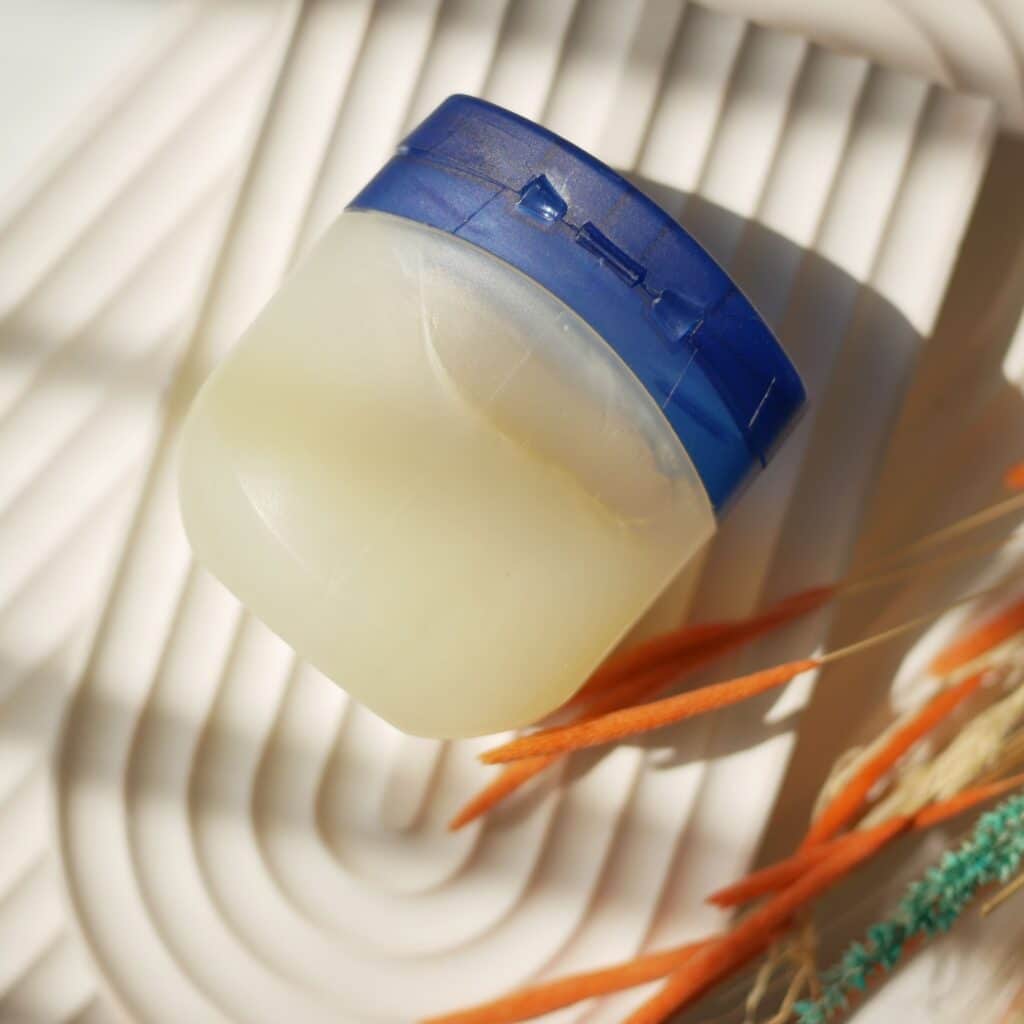
is vaseline and petroleum jelly the same thing?
Vaseline and petroleum jelly are often referred to interchangeably, but it’s important to note they’re not exactly the same thing.
Vaseline is a brand that dates back to1859 when a chemist named Sir Augustus Chesebrough visited oil rigs in Pennsylvania to research what materials could be obtained from fuel.
About ten years later, in 1870, Chesebrough launched his business, Vaseline. He patented the refining process (filtration) of petroleum to make Vaseline.
But there’s a bit of history not many are aware of: Chesebrough was not the first to discover petroleum jelly. Native American tribes from Pennsylvania were.
They even developed the know-how to refine and process it before Chesebrough or anyone else. This is because the oil pits in Pennsylvania belonged to the Native Americans, and they developed surface seeps of petroleum which they cultivated for medicinal purposes.
Since Vaseline’s launch, many other brands have also started producing their own version of petroleum jelly.
So, it’s important to note when we talk about “petroleum jelly” we are not only limiting it to Vaseline’s product.
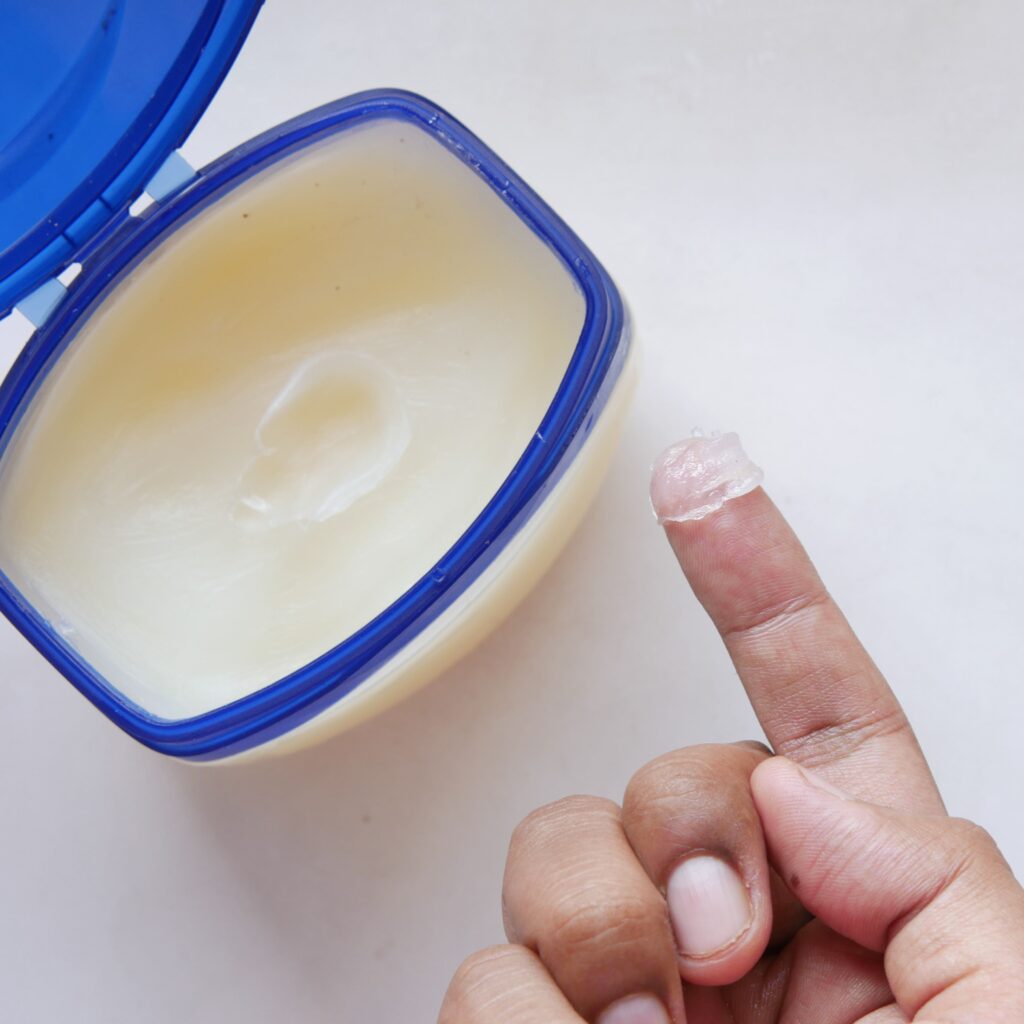
is petroleum jelly safe on skin?
Petroleum jelly is said to be safe on skin by most dermatologists.
It’s an occlusive moisturizer, meaning it seals moisture into the skin. It creates a barrier that prevents water from leaving the skin and thus helps the skin retain moisture.
Petroleum jelly is most commonly used to:
- Heal minor scrapes and burns
- Moisturize face, hands and more
- Soothe skin and relieve dryness/chapped skin
- Prevent chafing
- Prevent diaper rash
However, petroleum jelly should only be used externally. Do not eat or insert petroleum jelly internally.
Especially avoid using petroleum jelly as a lubricant. According to Reuters, a study of 141 women found that 17 percent used petroleum jelly internally and 40 percent of them tested positive for bacterial vaginosis.
While many people recommend using it for chapped lips, you may want to air on the side of caution and avoid doing so simply because it’s easy to accidentally ingest petroleum jelly when it’s on your lips.
Very rarely, some individuals may have petroleum jelly allergies and should avoid using petroleum jelly. Always consult a medical professional if you have concerns.
is petroleum jelly all natural?
Just because something comes from the Earth does not mean it’s necessarily safe. For example, many people argue “natural gas” is good simply because it has the word natural in it – but it is still a fossil fuel which contributes to climate change.
In a similar way, petroleum jelly is not exactly all natural because it must be refined multiple times to become safe to use. Plus, it is derived from fossil fuels, which are harming our planet.
Vaseline in particular is also not cruelty-free. If you didn’t know, Vaseline is owned by Unilever. Both Unilever and Vaseline state they don’t test their products on animals, but they do allow their ingredient suppliers or government authorities to test on animals where required by law.
Cruelty-free companies have a policy where if the law requires them to test on animals, they will refuse to sell their products under those conditions. Since Vaseline and Unilever aren’t doing this, their products cannot be considered cruelty-free.
However, there are sustainable, cruelty-free alternatives to petroleum jelly to consider using.
natural alternatives to petroleum jelly
If you’ve decided to avoid or swap out petroleum jelly, I’ve rounded up some of my favorite alternatives. If you prefer DIYs, you could also try making homemade lotion.
Each of these moisturizers gets the Going Zero Waste seal of approval. Several of these brands are packaged plastic free, and utilize organic ingredients.
I’ve gone ahead and highlighted some key features of each brand, but it isn’t an exhaustive list. Be sure to check out their websites for more information.
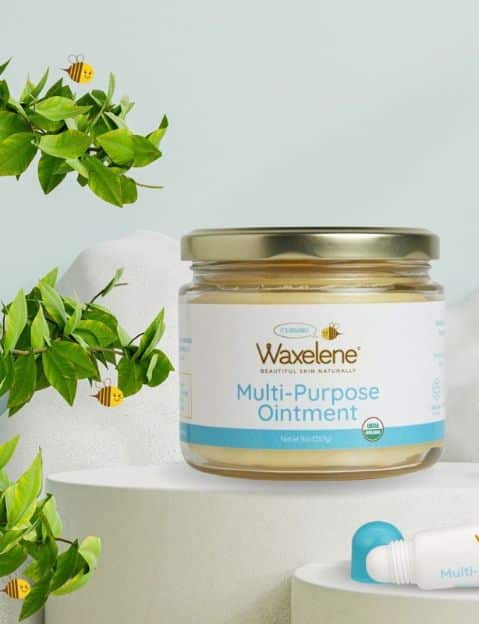
1. waxelene
- All-over, multi-purpose ointment
- Made from USDA-certified organic ingredients like beeswax, soy oil, and rosemary
- Cruelty-free and hypoallergenic
- Ointment comes in reusable/recyclable glass jar
- 2% of sales go to removing ocean plastics from the environment
/ SHOP WAXELENE /
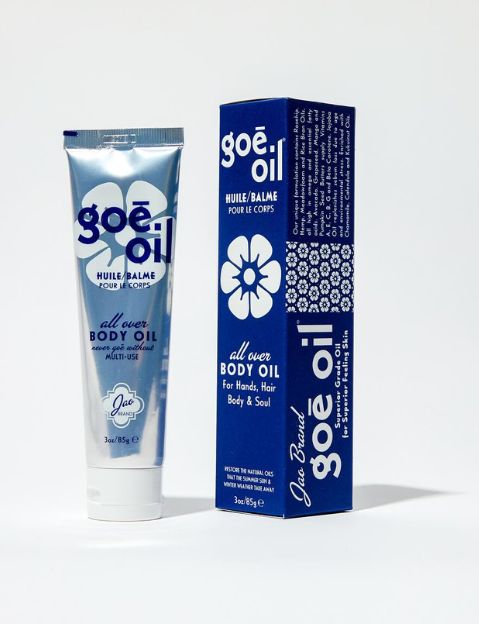
2. jao’s goe oil
- All over body oil
- Made from 28 naturally derived plant, fruit and flower oils and butters
- Long lasting (a little goes a long way)
- Plastic-free aluminum tube
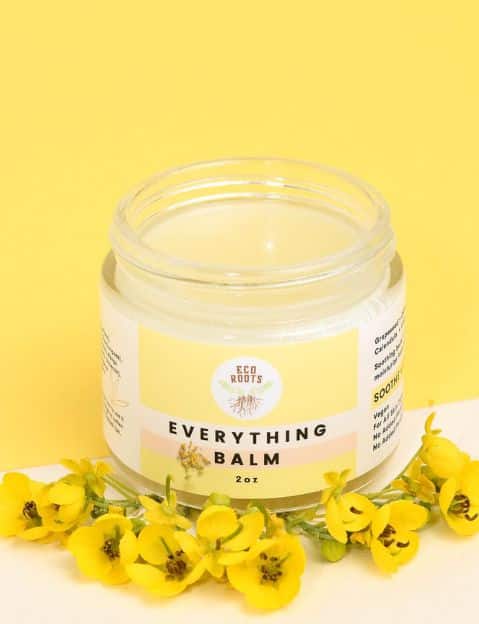
3. ecoroots everything balm
- All over body moisturizer
- Made with organic botanical ingredients
- Vegan + cruelty-free
- Packaged in a recyclable/reusable glass jar
- Palm-oil Free, paraben-free, phthalates-free
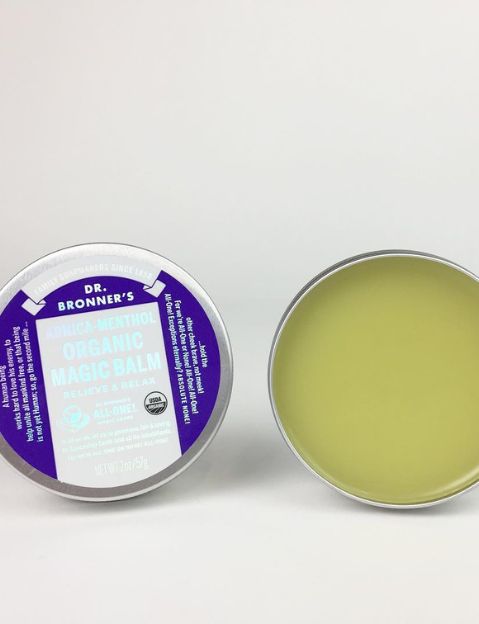
4. dr. bronner’s organic magic balm
- All over body balm
- Unscented + arnica-menthol options
- Made from certified organic and fair trade ingredients
- Packaged in a 2 oz reusable/recyclable tin
So, what are your thoughts on petroleum jelly? Would you switch to a more eco-friendly alternative? Let me know in the comments.










